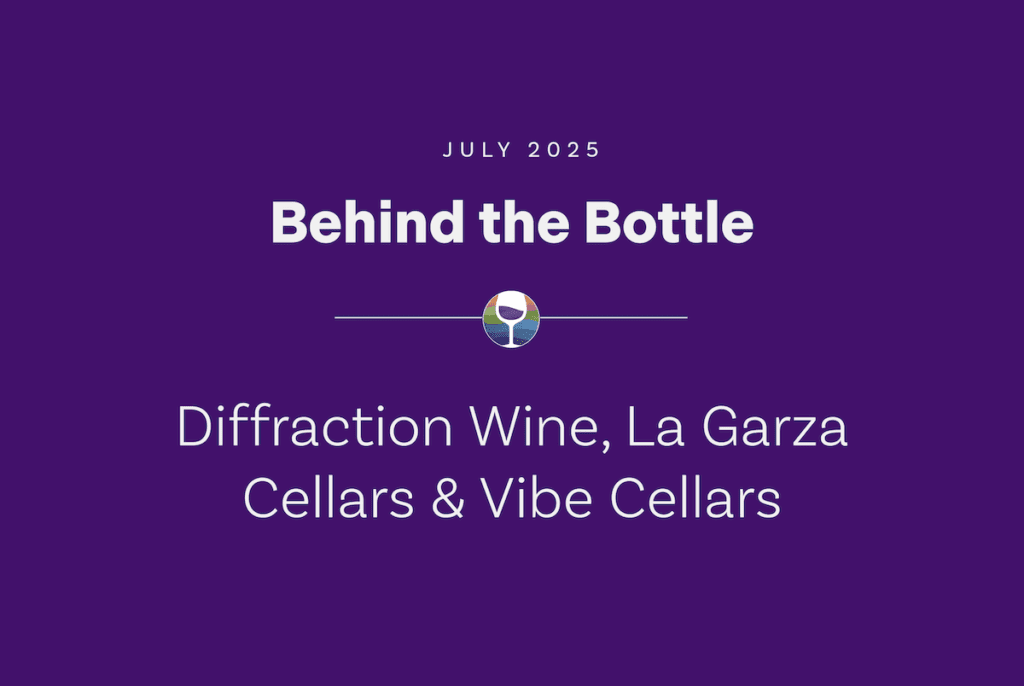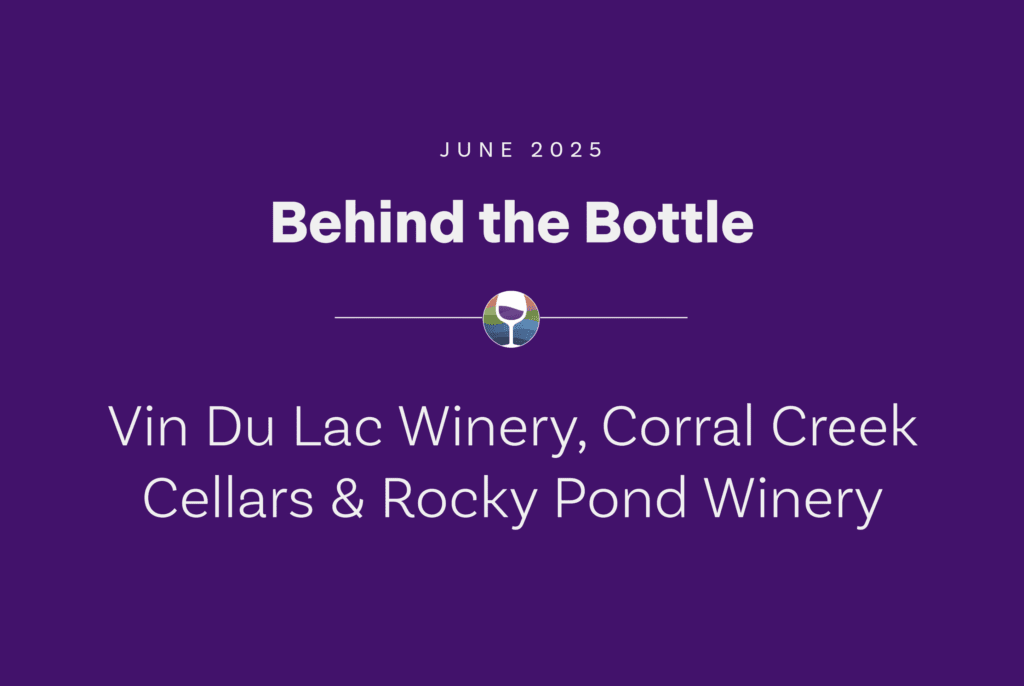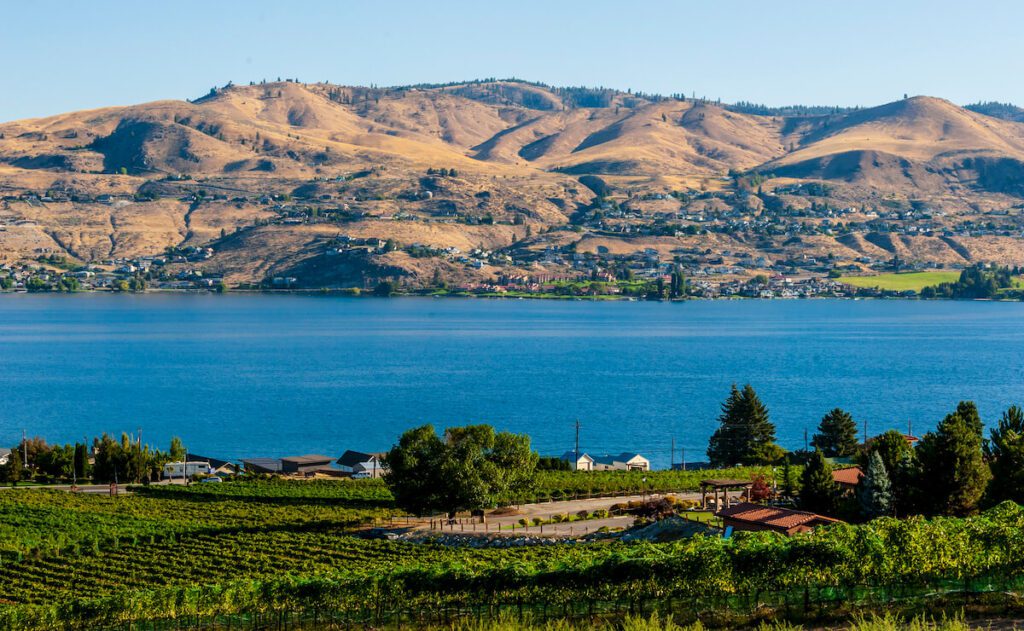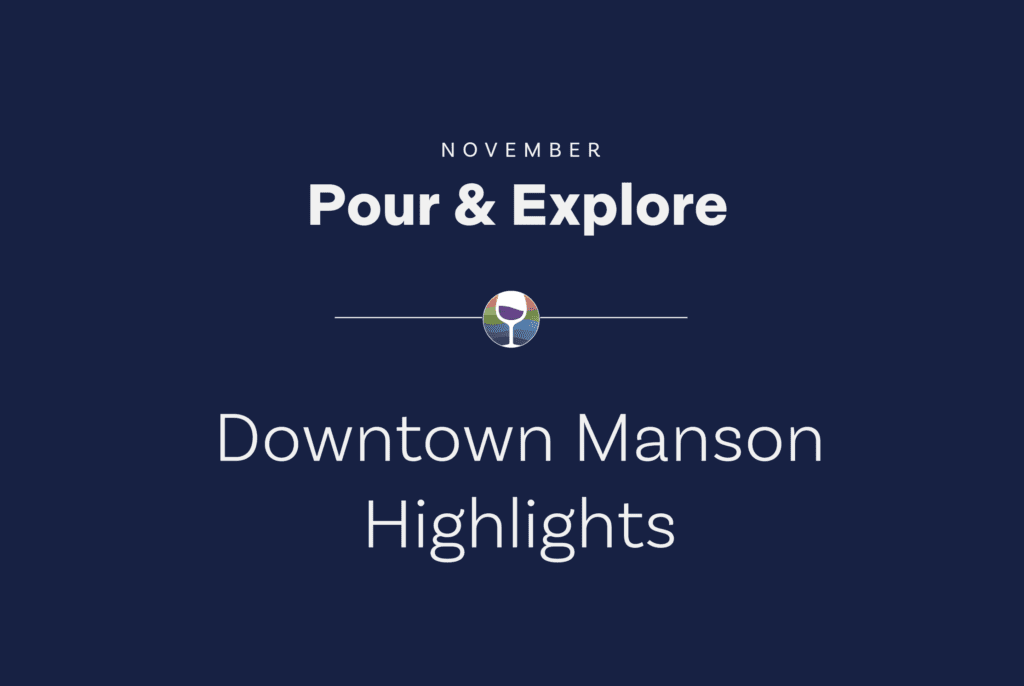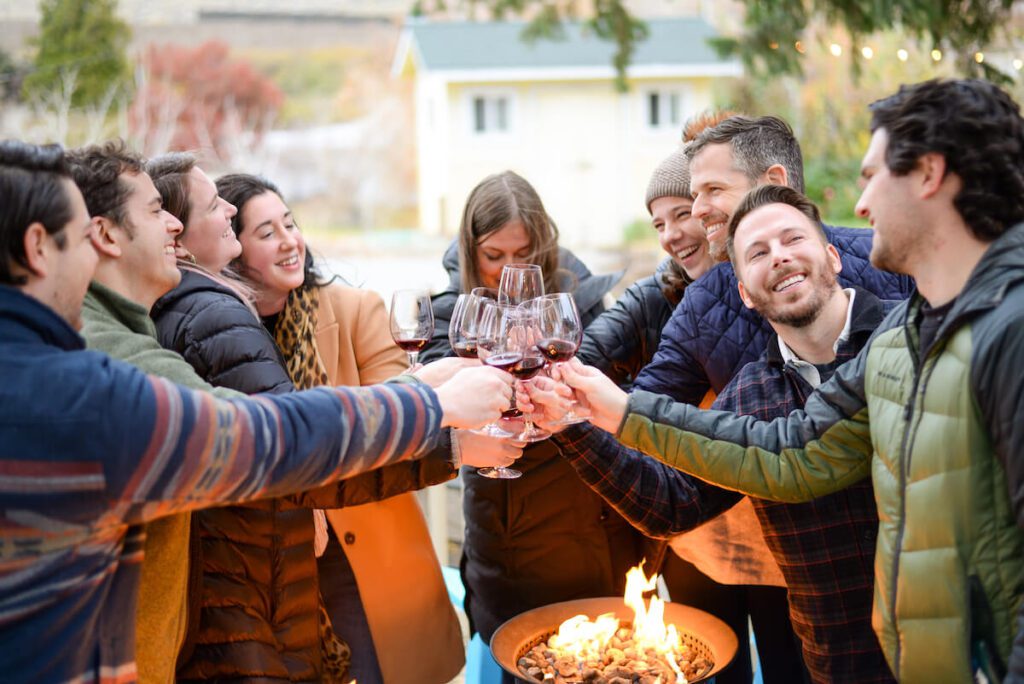The Science Of Wine & Chocolate
Wine and chocolate have long been a symbol of luxury and decadence, a harmonious pairing to mark special occasions and romantic outings. But do all wine and chocolate play well together, and what exactly makes this duo work?
Let’s dive into the science and theories behind the enduring popularity of wine and chocolate.
Wine & Chocolate: Why Does It Work?
Pairing wine and chocolate can be a delightful experience, owing to the complex interplay of flavors, textures, and chemistry.
The relationship between wine and chocolate, and why they often pair well together, is rooted in both science and sensory perception. Here are several key points that explain its popularity.
Flavor Compounds
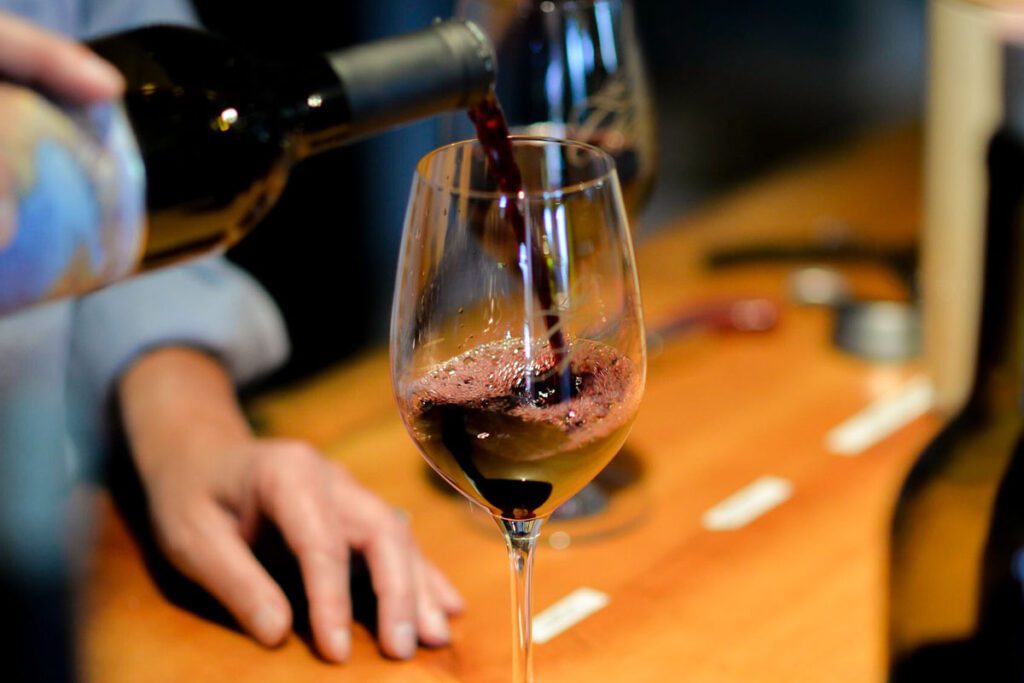
Both wine and chocolate contain numerous flavor compounds. Wine, for instance, can have hundreds of different volatile molecules that contribute to its aroma and taste. Chocolate, especially dark chocolate, also has a rich profile of flavor compounds, including those that are fruity, bitter, and earthy.
When the flavor compounds in a specific wine complement those in a chocolate, the pairing enhances the overall tasting experience by amplifying shared flavors or creating new, harmonious tastes.
Tannins
Tannins are polyphenolic compounds found in both wine (especially red wines) and dark chocolate.
In wine, tannins contribute to the structure, complexity, and astringency, often giving a drying sensation in the mouth. Dark chocolate also contains tannins, which is why it can have a similar astringent and slightly bitter taste.
When paired correctly, the tannins in wine and chocolate can balance each other, softening the astringency and allowing other flavors to shine through. The key is in matching the intensity so one doesn’t overpower the other.
Fat and Sugar Content
The fat content in chocolate (from cocoa butter) and the sweetness level can greatly influence how well it pairs with wine. The creaminess and richness of chocolate can be balanced by a wine with good acidity or a slightly higher alcohol content, which cuts through the fat, cleansing the palate between bites. Wines with a hint of sweetness can also complement the sweetness of the chocolate.
Mouthfeel and Texture
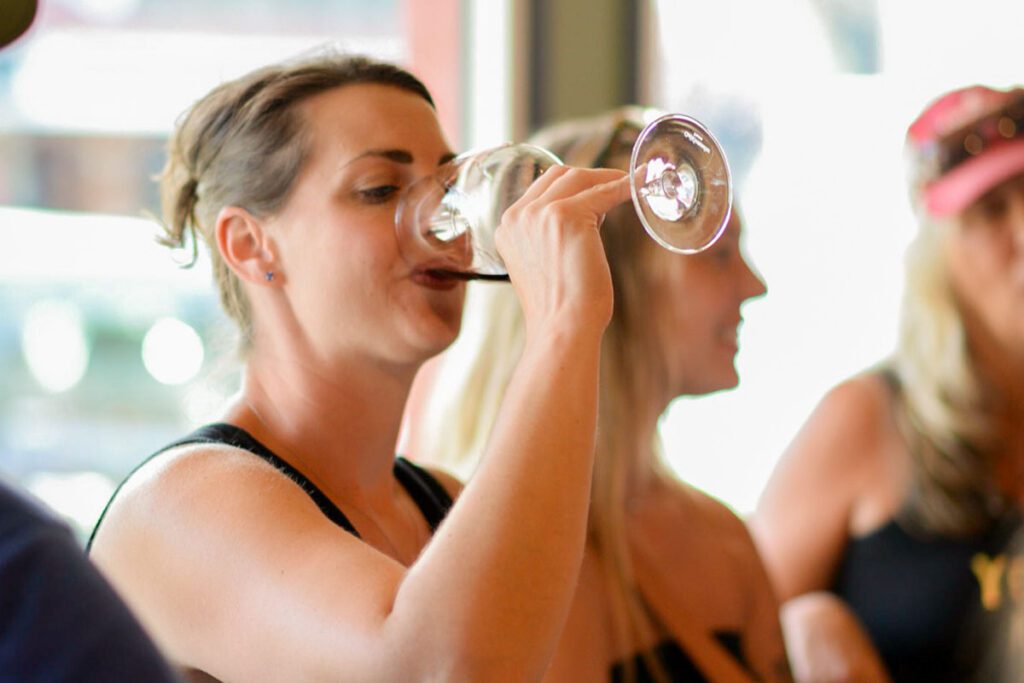
The experience of eating chocolate and drinking wine is as much about taste as it is texture.
The smooth, melt-in-your-mouth texture of chocolate paired with a wine that has a complementary body (light, medium, or full) enhances the overall sensory experience.
Temperature and Melting Points
Chocolate melts near body temperature, releasing its flavors gradually as it melts in the mouth. Pairing it with wine at the right temperature can influence how these flavors are perceived.
For instance, a slightly chilled wine offers a refreshing contrast to the warmth and richness of the chocolate, highlighting different flavors in both the wine and the chocolate.
Personal Preference and Experimentation
Despite the scientific aspects of pairing, personal preference plays a significant role.
Individuals may have different sensitivities to tastes and textures, which can influence their pairing choices. Experimentation is key to discovering which wine and chocolate combinations work best for your palate.
Tips & Tricks For Exceptional Wine & Chocolate Pairings
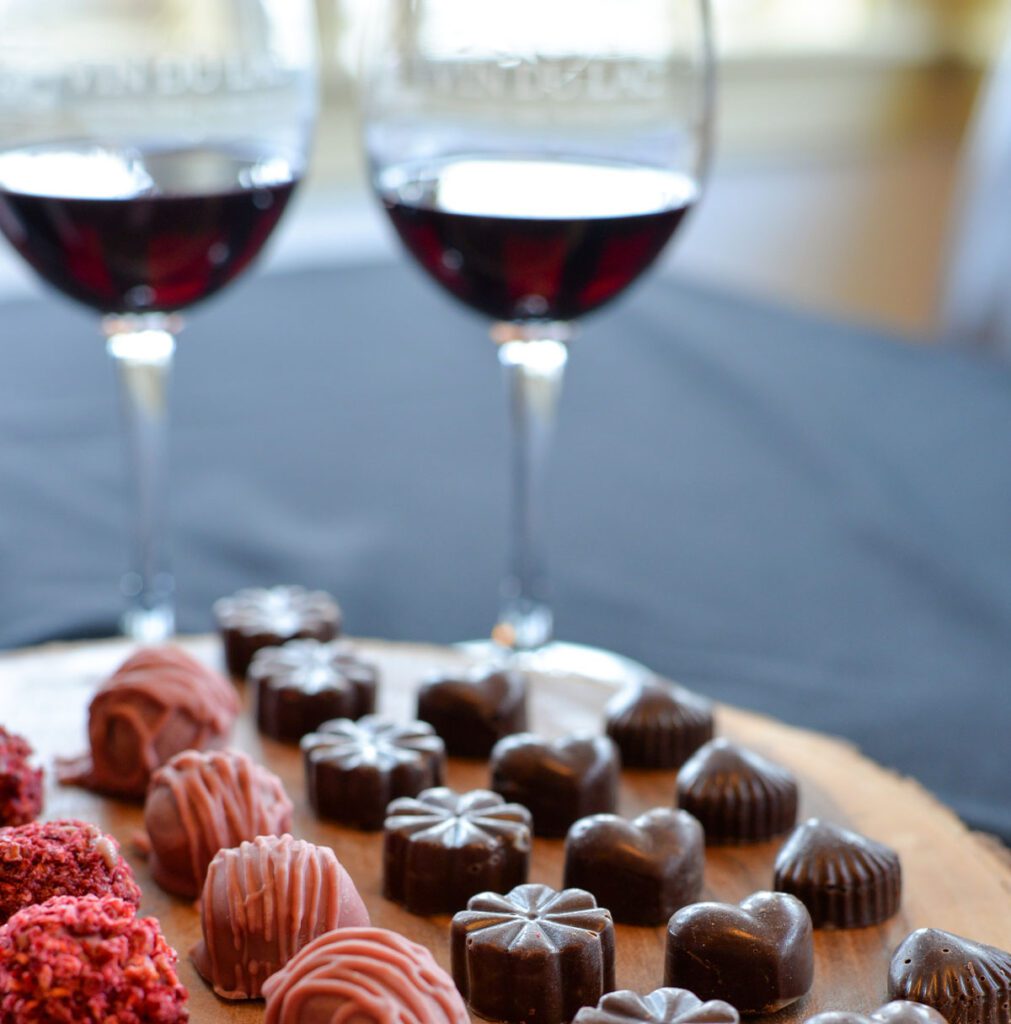
Pairing wine and chocolate can be an exquisite experience when done correctly. Here are some tips for creating exceptional pairings:
- Match the Intensity
Ensure the wine and chocolate have matching intensities so that one does not overpower the other. Dark chocolates, which are more intense and less sweet, pair well with full-bodied wines, while milk chocolates pair better with lighter, fruitier wines.
- Consider the Sweetness
The wine should be at least as sweet as the chocolate. Pairing a wine that is less sweet than the chocolate can make the wine taste bitter or sour. Sweet or semi-sweet wines tend to complement the sweetness of chocolate well.
- Balance Tannins
A wine with high tannins pairs well with dark chocolate, as the fat content in the chocolate softens the tannins in the wine, creating a smoother experience. However, be cautious with very high-tannin wines, as too much astringency can overwhelm the palate.
- Explore Flavor Profiles
Look for complementary flavors between the wine and chocolate. For instance, a chocolate with fruity undertones might pair nicely with a wine that has similar fruity notes. A chocolate with notes of coffee or nuts may pair well with a wine that has a toasty, oaky, or nutty character.
- Experiment with Contrasts
While matching flavors is a safe approach, contrasting flavors can also create exciting pairings. For example, the richness of dark chocolate can be beautifully offset by the acidity and sparkle of a brut sparkling wine or a crisp white wine.
- Temperature Matters
Serve the wine and chocolate at their ideal temperatures to maximize their flavors. Generally, red wines should be served slightly below room temperature, while white wines and sparkling wines should be chilled. Chocolate should be slightly cool to the touch but not too cold, as its flavors are best released when it starts to melt in your mouth.
- Start Light, Move to Dark
When tasting multiple wines and chocolates, start with the lighter, sweeter chocolates and wines, moving towards the darker, more intense ones. This progression will help prevent the stronger flavors from overwhelming your palate early on.
- Use High-Quality Chocolate
The quality of chocolate can significantly impact the pairing. High-quality chocolate, with a higher cocoa content and less added sugar, will provide a richer and more complex flavor profile to better complement the wine.
Pairing Suggestions
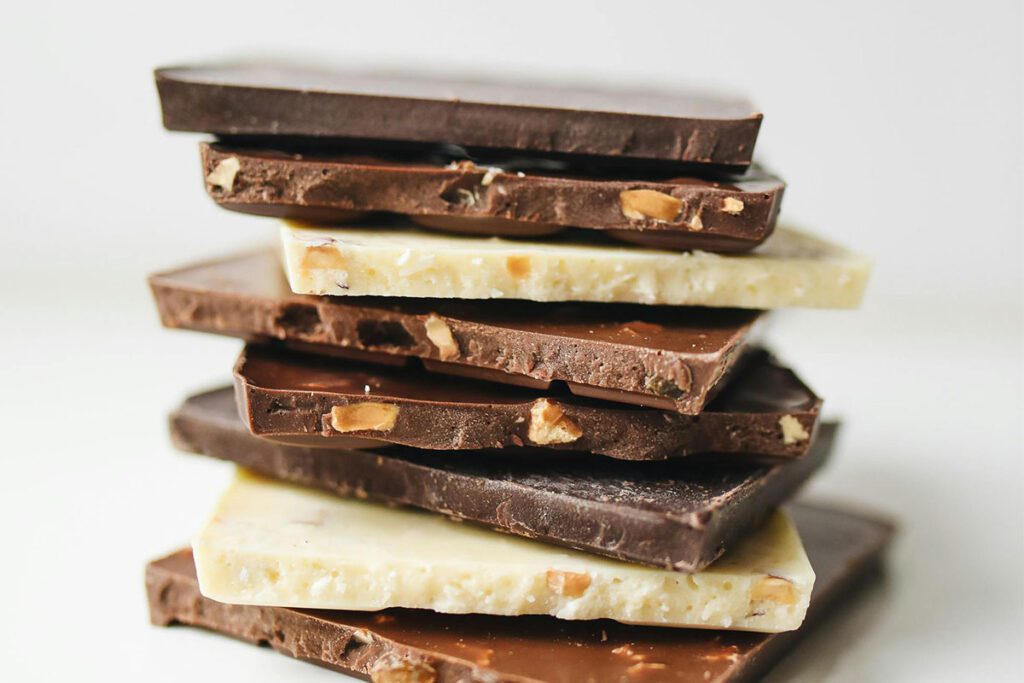
Milk Chocolate: Pair with lighter, fruitier red wines like Pinot Noir, or sweet white wines like Riesling or Moscato.
Dark Chocolate (70% or higher): Pair with bold red wines like Cabernet Sauvignon, Zinfandel, or a rich Port for a classic combination.
White Chocolate: Pairs well with sweeter wines like Sherry, or aromatic whites like Gewürztraminer.
Try Wine & Chocolate Pairings Year Round
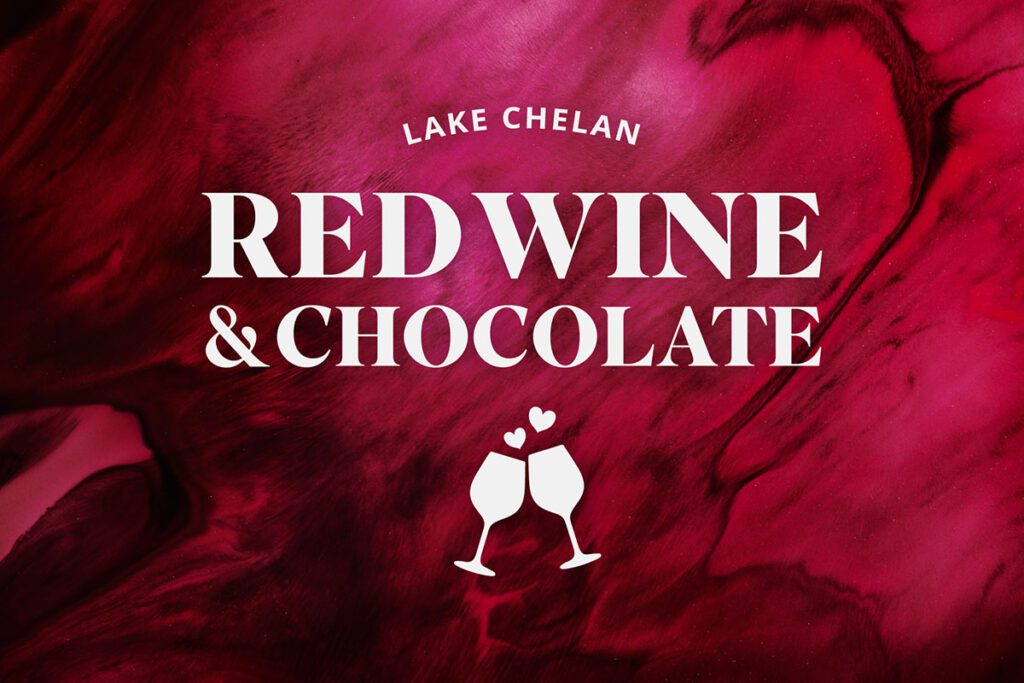
While Valentine’s Day may be behind us, there are plenty of spots to pair chocolate with wine across the Lake Chelan Valley year-round.
Plus, there’s one weekend left to enjoy specialty pairings at participating wineries as part of the Red Wine & Chocolate Celebrations!



